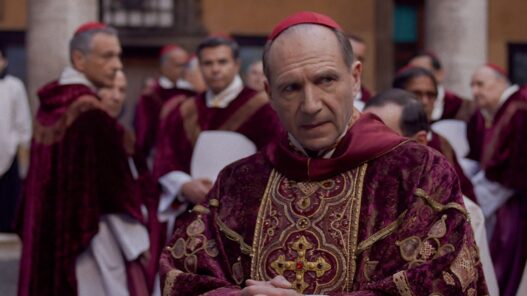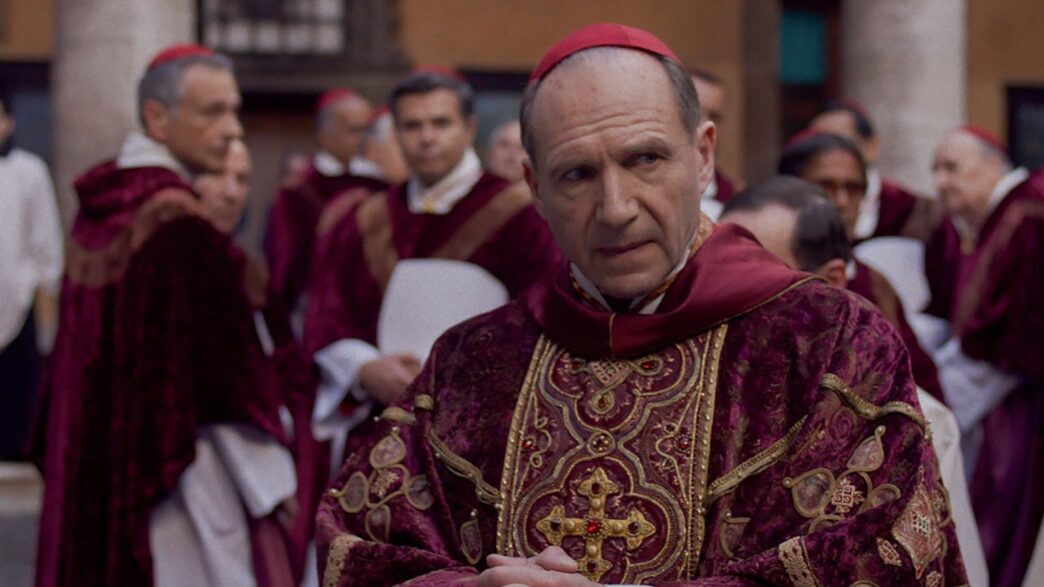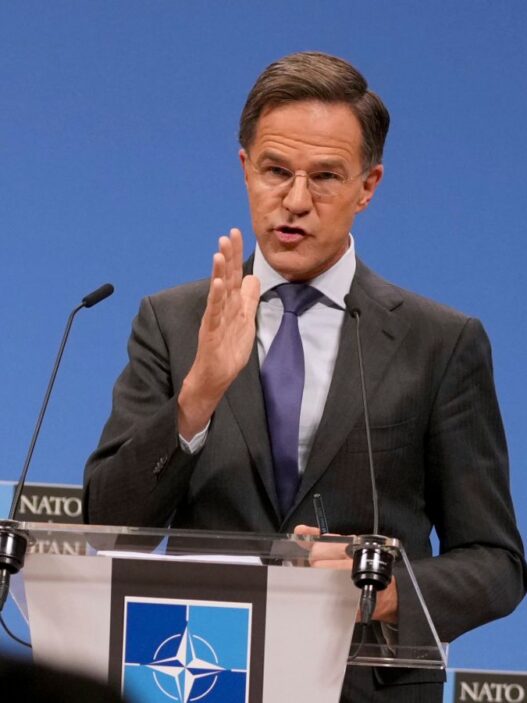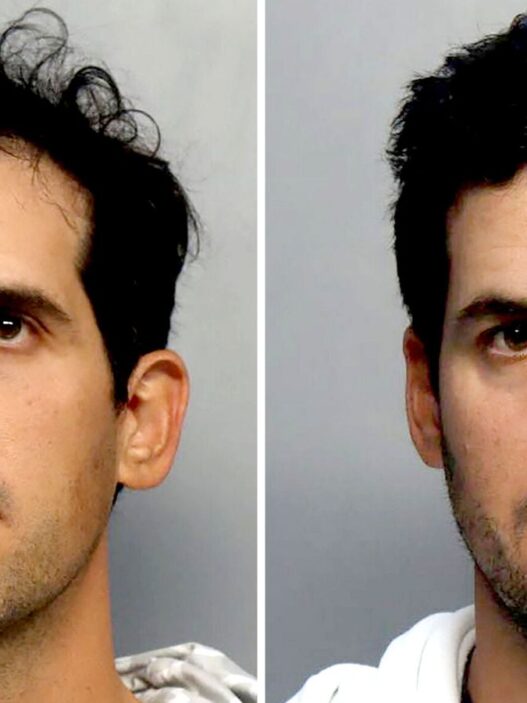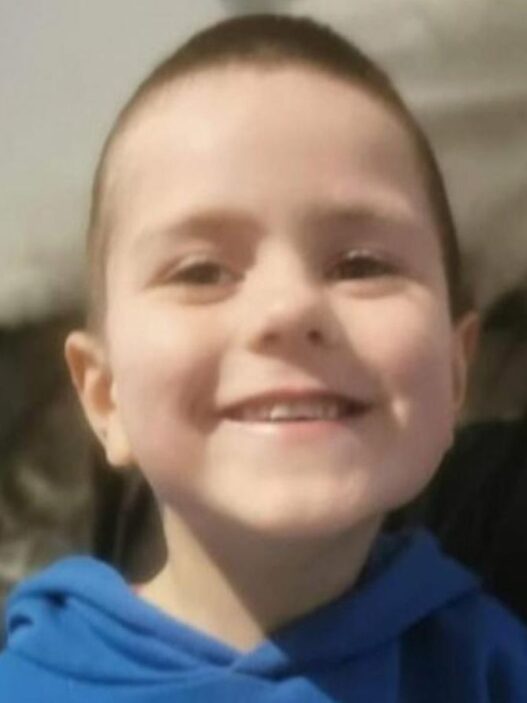It is rare for art to imitate life quite so literally as Conclave does in the wake of the death of Pope Francis.
The papal drama, which is based on Robert Harris’s book of the same name and directed by Edward Berger, is a fictional take on the closed-door process of appointing a new pontiff, known as a conclave, which is set to begin for real in the Vatican on 5 May.
Cardinals from across the world – depicted in the 2024 film by stars including Ralph Fiennes, John Lithgow and Stanley Tucci – will descend on Rome, where they will be cut off from the outside world until a new pope is chosen.
Pope Francis dies: Follow live updates
As with anything given the Hollywood treatment, some elements of the film were added for dramatic effect. The biggest twists (don’t worry, you are safe from major spoilers) were read by some as anti-Catholic propaganda.
But on the whole, Conclave – which took home four BAFTA Awards, including best film, and best adapted screenplay at the Oscars – now feels bizarrely prescient, having been released months before cardinals first became concerned for Pope Francis‘s health.
So how accurately does it depict the highly secretive conclave process?
The basics
On the basics, the film does an accurate job of depicting what we know an actual conclave involves.
Cardinals are seen living, eating and socialising together at a version of the purpose-built Casa Santa Marta, a guesthouse on the grounds of the Apostolic Palace in the Vatican City, which is what will happen at the beginning of next month.
The film also shows the Sistine Chapel – the famous Vatican hall decorated with the works of Michelangelo – being swept for listening devices before the start of the highly classified morning and evening voting sessions, where cardinals write down the name of the person they wish to become pope.
Berger’s thriller also accurately depicts cardinals putting their votes inside a sealed container – which in real life is a silver urn. Once all votes have been cast, a Vatican dignitary reads the votes aloud.
If a two-thirds majority has not been reached, the votes are threaded together and burnt with an additive to produce black smoke, only showing white smoke when enough cardinals agree on a candidate to take over the papacy – details also true to the real process.
Internal politics
The film shows clear factions within the group of voting cardinals, with some clearly backing particular candidates more than others, largely depending on their beliefs.
Cardinal Aldo Bellini (played by Tucci) is depicted as the leading liberal candidate, who seeks to reform the church and follow in the footsteps of the late pope. Whereas Cardinal Goffredo Tedesco (played by Sergio Castellitto) is an Italian who represents the church’s conservative wing.
It is true that every pope will have their own beliefs, some of which are seen as more liberal or conservative than others. Pope Francis in fact diverged from his predecessors on many contentious issues within the Church.
He more openly embraced LGBTQ individuals (although stopped short of full acceptance), decried climate change, and called publicly for a ceasefire in Gaza.
Speaking to Sky News’ Katie Spencer in February after the film’s release, Fiennes said it is “human” how the cardinals are seen positioning themselves for the top role.
“They’re full of pride, ambition, things they’ve kept hidden and I think that’s what’s great [is this film] is not cynical and that’s what drew me to it.”
But Bill Cavanaugh, a professor of Catholic Studies at DePaul University, told The Guardian that the politicisation of the process in the film is likely “a little bit exaggerated”.
He said cardinals do not often fall “neatly into progressive and conservative camps”.
The character of Cardinal Lawrence
Central to the film is Fiennes’ character Cardinal Lawrence, a key dignitary within the Vatican who is tasked with overseeing the fictional conclave.
Cardinal Lawrence is depicted in the film, at times, as fulfilling the roles of both the camerlengo, the person who traditionally takes over the Holy See – the central governing body of the Catholic Church and Vatican City – after the death of a pope, and the dean of the College of Cardinals.
But in reality these are two separate roles.
After Pope Francis’s death on Monday, Irish-born American Cardinal Kevin Farrell took over the Holy See as camerlengo. The traditional role involves helping to organise the conclave but also includes announcing the pope’s death, sealing the papal apartment and breaking the pontiff’s fisherman’s ring – a sign that there is a vacancy in the Vatican.
Cardinal Farrell will also play a key role in the pope’s funeral, which will take place in Rome on 26 April.
This differs from the dean of the College of Cardinals, who is seen as the “first among equals” – essentially the head of the body of cardinals who elect the new pontiff.
Cardinal Giovanni Battista Re has been in the position since 2020 and will now preside over the general congregation meetings, the gathering of the cardinals currently in Rome, which finalises the details of the pontiff’s funeral and upcoming conclave.
Once a new pontiff is chosen, Cardinal Battista will also be the person to accept the election and ask the newest pope what name he will take.
Read more:
Pope Francis: A life in pictures
Francis was a champion of the deprived
Inside Vatican City at moment of high tension
A secret cardinal
One of the film’s main characters, Cardinal Vincent Benitez (played by Carlos Diehz), is described as a cardinal in pectore, which refers to the real process of a pope appointing a cardinal in secret.
A pope is entitled to keep the name of the newly elected cardinal secret for various reasons, but they are not officially recognised as a cardinal until their name is known publicly.
Contrary to what the film depicts, cardinals who have only been named in secret cannot take part in a conclave.

